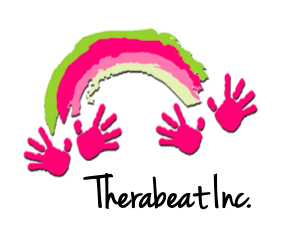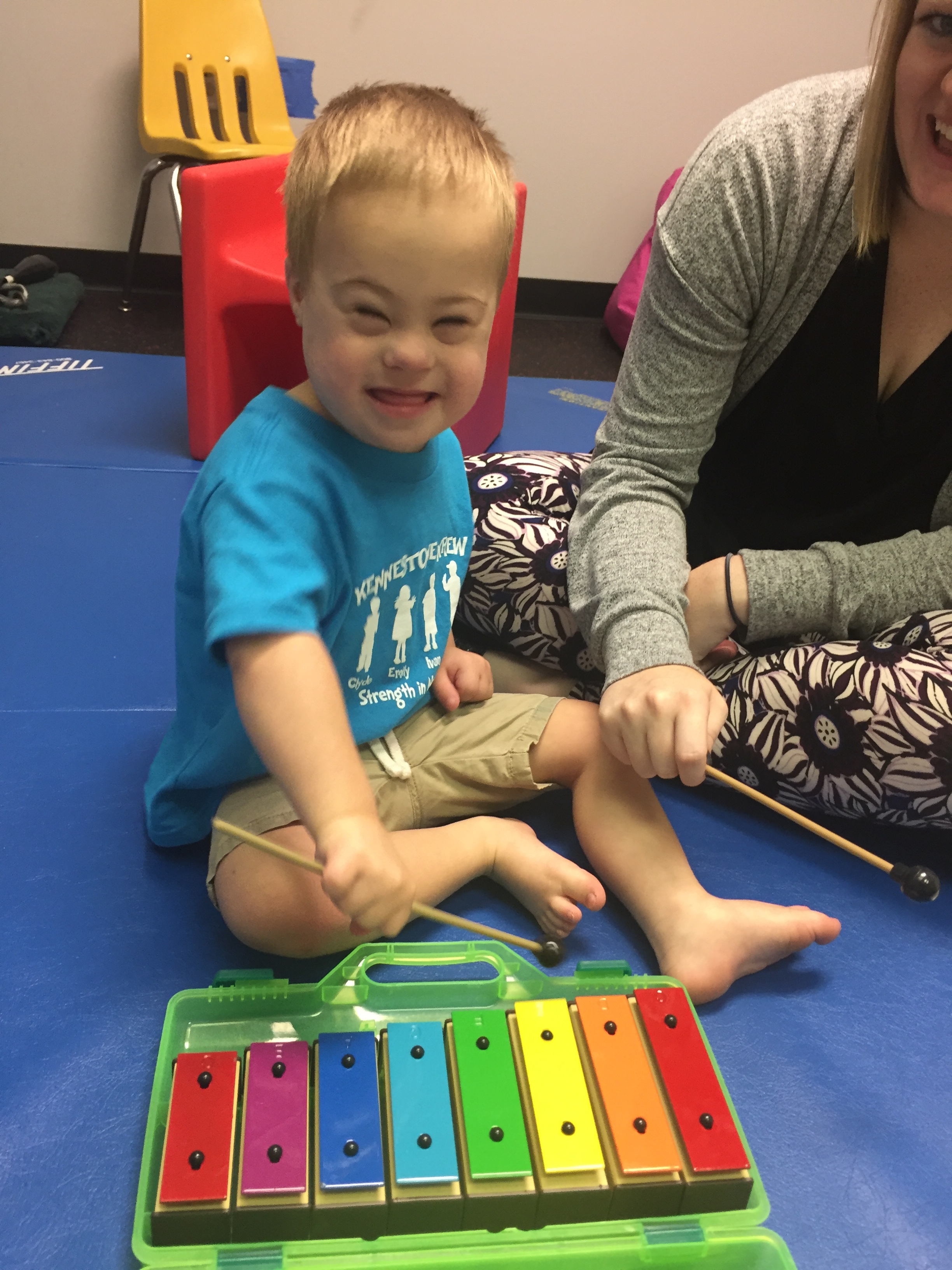What is CVI?
Cortical visual impairment (CVI) is caused by a lack of oxygen which disrupts the posterior visual pathways and/or the occipital lobes to the brain. Lack of oxygen also causes neuromotor disorders such as Cerebral Palsy (CP). This explains the correlation between CP and CVI. However, CVI is the most common form of visual impairment and can affect other patients diagnosed with seizure disorders, autism, neurodegenerative conditions, and brain injury.
Posterior Visual Pathways include:
- Lateral geniculate nucleus
- Optic radiation
- Primary visual cortex
- Occipital Lobes:
Image from: https://www.reviewofoptometry.com/ce/understanding-cerebral-vision-loss
Image from:https://www.health.qld.gov.au/abios/asp/boccipital
The visual system is divided into two sections: the ventral stream and the dorsal stream. The ventral stream allows for recognition and the dorsal stream subconsciously analyzed the scene at the moment and guides movement. CVI has shown to have effects on both of these pathways. Damage to the ventral stream can lead to the inability to recognize faces and objects. Any damage to the dorsal stream can lead to difficulty in spatial processing.
Image from: https://visionhelp.wordpress.com/2012/08/11/the-three-as-autism-aspergers-and-automobiles-part-5-visual-spatial/ventral-dorsal-stream/
Common Characteristics
The vision of a client with CVI changes day by day; some days may be better than others. The peripheral vision is not impacted by CVI therefore most clientren with CVI use peripheral vision to see.; the color portion of vision is also not affected by CVI. The best way to understand what CVI appears as is to describe that it is like looking through a piece of Swiss Cheese. As stated before the dorsal stream may be impacted causing issues with depth perception. Vision may also appear better when the client is moving.
Adaptations
There are special ways to adapt daily living and therapeutic sessions that will result in a better quality of life for clients with CVI.
Give break times throughout the session. There is a great amount of energy needed to focus on visual task and breaks are needed to refocus.
If seeing is the main task at hand the client needs to be comfortable to allow for full focus.
Provide head support as needed so the visual field is not being shifted.
If the task requires fine motor coordination and visual coordination, focus on one task at a time. Once both are mastered then combine the task.
Keep the items used in the session simple and the environment uncluttered.
When it comes to choosing items for a session familiar and real objects will provide the best results.
Repetition is key.
Find items, songs, or interventions that motivate the client.
Vision is stimulated when paired with other sensory systems.
Use bright colors such as: red, yellow, pink, and orange. Mylar tissue evokes a visual response and partners with the auditory response of the paper.
Locate the light source in various locations to find the ideal location for the client.
Try different visual fields to find the ideal one for the client.
Allow for a good bit of time for the client to respond to what is being seen.
References
Cortical visual impairment pediatric visual diagnosis fact sheet. (1998). See Hear, 3(4). Retrieved
from: http://www.tsbvi.edu/seehear/fall98/cortical.htm
Macintyre-Beon et al. (2012). My voice heard: the journey of a young man with a cerebral visual
impairment. Journal of Visual Impairment & Blindness 106(3) 166-176.
Philip, S. (2017). Setting up of a cerebral visual impairment clinic for children: challenges and
future developments. Journal of Ophthalmology. Doi: 10.4103/0301-4738.202303
-Dana LaValley, Music Therapy Intern








